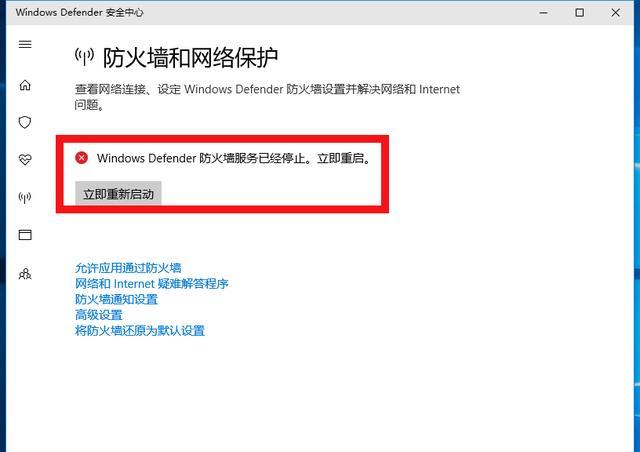
linux俩个线程如何同时进行
时间:2023-05-30 来源:网络 人气:
在Linux系统中,线程是一种轻量级的进程,可以利用多核CPU并发执行。但是,当需要同时执行多个任务时,如何让俩个线程同时进行呢?本文将详细介绍Linux下如何实现俩个线程同时进行。
1.线程概述
为了更好地理解如何实现俩个线程同时进行,我们先来了解一下线程的概念和特点。简单来说,线程是进程中的一个执行单元,它与同一进程中的其他线程共享内存和其他资源。线程可以提高程序的并发性和响应速度,并且比进程更轻量级。
2.线程创建
在Linux系统中,可以使用pthread库来创建和管理线程。下面是一个简单的例子:
c
#include<stdio.h>
#include<pthread.h>
void*thread_func(void*arg)
{
printf("Thisisathread.\n");
pthread_exit(NULL);
}
intmain()
{
pthread_ttid;
pthread_create(&tid,NULL,thread_func,NULL);
printf("Thisisthemainprocess.\n");
pthread_exit(NULL);
}
在上面的代码中,我们创建了一个名为thread_func的函数作为新线程的入口点。在主函数中,我们使用pthread_create函数创建了一个新线程,并将其加入到进程中。
3.线程同步
在多线程编程中,线程同步是非常重要的。如果多个线程同时访问共享资源,可能会导致数据竞争和不可预测的结果。因此,需要使用锁、条件变量等机制来保证线程同步。
下面是一个简单的例子,展示了如何使用互斥锁来保护共享资源:
c
#include<stdio.h>
#include<pthread.h>
intcounter=0;
pthread_mutex_tmutex;
void*thread_func(void*arg)
{
pthread_mutex_lock(&mutex);
counter++;
printf("Thread%d:counter=%d\n",(int)arg,counter);
pthread_mutex_unlock(&mutex);
pthread_exit(NULL);
}
intmain()
{
pthread_ttid1,tid2;
pthread_mutex_init(&mutex,NULL);
pthread_create(&tid1,NULL,thread_func,(void*)1);
pthread_create(&tid2,NULL,thread_func,(void*)2);
pthread_join(tid1,NULL);
pthread_join(tid2,NULL);
pthread_mutex_destroy(&mutex);
return0;
}
在上面的代码中,我们创建了俩个新线程,并使用互斥锁来保护counter变量。通过加锁和解锁操作,可以确保每次只有一个线程能够访问共享资源。
4.线程调度
在Linux系统中,线程调度是由内核完成的。内核根据线程的优先级、调度策略、负载情况等因素来确定哪个线程应该运行。通常情况下,内核会使用时间片轮转调度策略,即每个线程分配一定的时间片来运行。
5.实现俩个线程同时进行
现在,我们回到本文的主题:如何实现俩个线程同时进行。在Linux系统中,由于存在多核CPU,可以利用多核CPU来并发执行多个线程。如果需要让俩个线程同时进行,可以使用pthread库提供的pthread_create函数创建俩个新线程,并将它们加入到进程中。
下面是一个简单的例子:
c
#include<stdio.h>
#include<pthread.h>
void*thread_func1(void*arg)
{
printf("Thisisthread1.\n");
pthread_exit(NULL);
}
void*thread_func2(void*arg)
{
printf("Thisisthread2.\n");
pthread_exit(NULL);
}
intmain()
{
pthread_ttid1,tid2;
pthread_create(&tid1,NULL,thread_func1,NULL);
pthread_create(&tid2,NULL,thread_func2,NULL);
pthread_join(tid1,NULL);
pthread_join(tid2,NULL);
return0;
}
在上面的代码中,我们创建了俩个新线程,并使用pthread_join函数等待它们结束。由于这是一个非常简单的例子,因此可能无法真正实现俩个线程同时进行。但是,在实际情况下,可以通过合理地设计多线程程序来实现俩个线程同时进行。
总结
本文介绍了Linux下如何实现俩个线程同时进行。通过对线程的概念、创建、同步、调度等方面进行讨论,我们可以更好地理解多线程编程的基本原理和技术。在实际应用中,需要根据具体情况选择合适的并发编程模型,并且需要注意线程同步和调度等问题,以确保程序的正确性和性能。

imtoken最新版:https://cjge-manuscriptcentral.com/software/3503.html
教程资讯
教程资讯排行

系统教程
-
标签arclist报错:指定属性 typeid 的栏目ID不存在。












